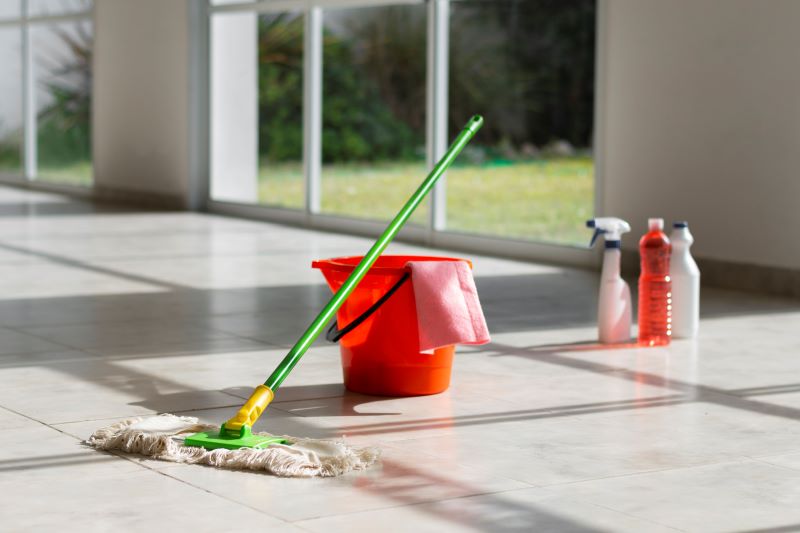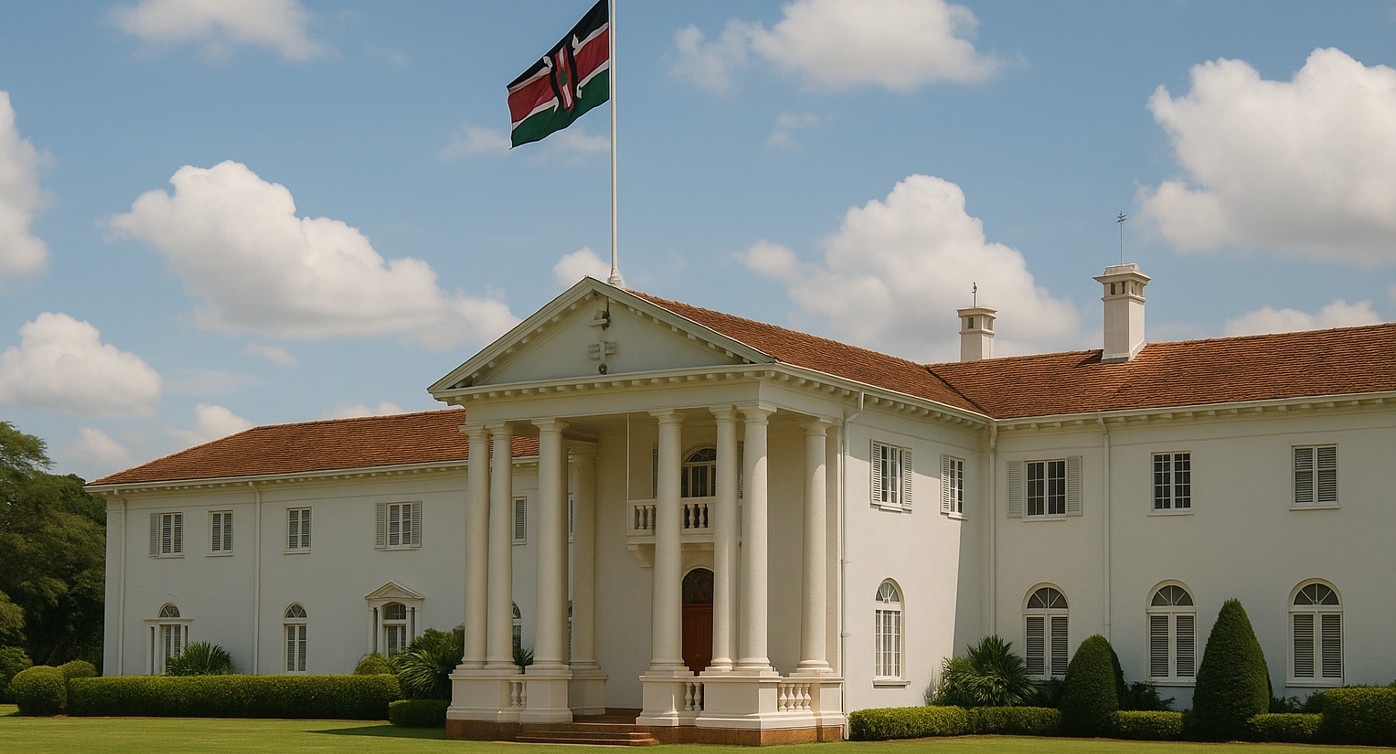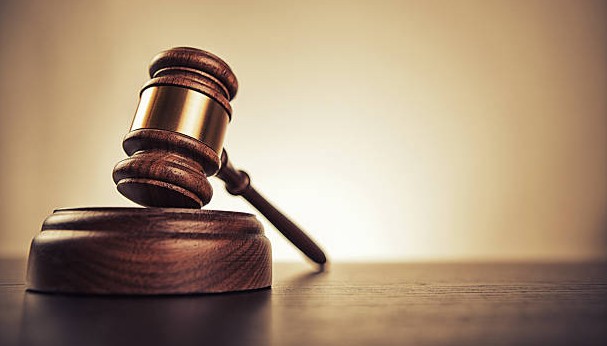You’re not cleaning your tiled, wooden floors properly - here’s how to do it right

Floors bear the brunt of daily life — foot traffic, spills, dragged furniture, and general wear and tear. But with proper cleaning and protection from harsh chemicals or abrasives, both tiled and wooden floors can retain their strength and beauty for years.
Maintaining spotless floors is a point of pride in many households — but doing it properly involves more than just a mop, a rug, and a bucket. Whether your home has sleek ceramic tiles or warm wooden panels, understanding the correct cleaning techniques can help extend the life of your flooring and keep your living space looking fresh all year round.
Experts stress that the first step to any effective cleaning routine is knowing the type of material you're dealing with.
More To Read
- Clean hands, safe bites: Why everyday food habits matter more than you think
- Why you shouldn’t make your bed right away, and what science says about it
- Forgotten hygiene: Handwashing struggles in Nairobi slums as Covid protocols fade
- From hygiene to safety: Why showering without slippers is a habit to break
- Nairobi residents raise concerns as bedbugs and cockroaches infest matatus
- Why eating with your hands feels better
“Not all floors are created equal,” says Nairobi-based interior cleaner Judy Njoroge.
“Using the wrong products or techniques can actually cause more harm than good.”
Tiled floors
Tiled floors are popular in kitchens, bathrooms, and high-traffic areas due to their durability and water resistance. However, they still collect grime — especially between grout lines.
How to clean:
Sweep or vacuum thoroughly to remove dust, crumbs, and loose dirt.
Mop with warm water and a pH-neutral cleaner. Avoid highly acidic solutions such as vinegar, which can erode grout (the white lines between tiles) over time.
Scrub the grout every few weeks using a soft-bristled brush and either a baking soda paste or a commercial grout cleaner. This is particularly important in bathrooms where the grout may darken from moisture and mould.
Dry the surface to prevent water stains or slippery patches.
“Don’t let dirty water sit for too long,” warns Njoroge.
“Excess moisture can seep into the grout and lead to mildew, especially in damp areas like bathrooms.”
Wooden floors
Wooden floors bring charm and warmth, but they require more delicate care. Water is a particular enemy of hardwood — overuse can warp panels and dull the finish.
How to clean:
Dry mop or sweep daily to prevent scratches from grit or sand.
Use a microfiber mop dampened (not soaked) with a wood floor cleaner or a mild solution of water and a few drops of dish soap.
Wipe up spills immediately and avoid letting water sit on the surface. Polish the floor every few months with a wood-specific polish to restore shine and protect the finish.
“Always follow the grain of the wood when cleaning. It helps with choosing the right polish and improves the final look,” says Njoroge.
“And avoid steam mops. The high heat and moisture can slowly damage the wood layers.”
A well-maintained floor is more than a symbol of cleanliness. It’s a quiet guardian of your home’s value, comfort, and longevity.
Njoroge also warns against using too much soap.
“Leftover soap can become sticky,” she says. “When the floor gets wet again, from humidity or muddy shoes, it attracts dirt and dust, making it look dirty even after cleaning.”
She adds: “After mopping, rinse the mop thoroughly, hang it outside to dry, and open the windows to allow the floors to air dry properly.”
Floors bear the brunt of daily life — foot traffic, spills, dragged furniture, and general wear and tear. But with proper cleaning and protection from harsh chemicals or abrasives, both tiled and wooden floors can retain their strength and beauty for years.
Thoughtful habits, such as lifting rather than dragging furniture, using doormats to trap dirt, and avoiding bleach or aggressive cleaners, are not just cosmetic. They prevent damage, preserve natural finishes, and help avoid costly repairs or replacements.
Top Stories Today














































